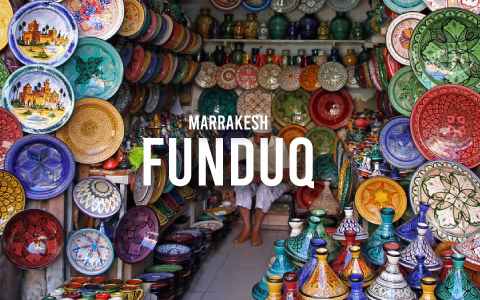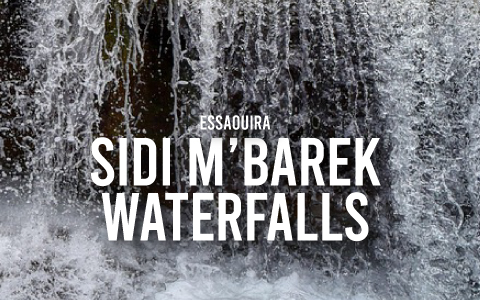
Exploring The Funduq Of Marrakesh
Marrakesh, often called the “Red City” due to its striking terracotta-colored buildings, is a vibrant Moroccan metropolis steeped in centuries-old history. Among its most famous attractions are the towering Koutoubia Mosque, the tranquil Saadian Tombs, and the opulent Bahia Palace. Visitors also flock to the enchanting Jardin Majorelle, designed by French painter Jacques Majorelle, and the lively, chaotic Jemaa el-Fnaa square—a sensory overload of performers, street food vendors, and artisans. However, beyond these iconic sites lies an often-overlooked piece of Marrakesh’s heritage: the historic funduqs. These ancient inns were once vital to the life of the city and its role as a crossroads for trade and culture, offering modern visitors a unique glimpse into Morocco’s rich history and architectural beauty.
What is a Funduq?
A funduq, also known as a caravanserai, was a traditional inn that played a crucial role in the medieval Islamic world, particularly in cities that were central to trade like Marrakesh. During the height of the Silk Road and other historic trade routes, merchants from across North Africa, the Middle East, and Europe would travel to Marrakesh to exchange goods, and funduqs provided the necessary infrastructure for these journeys.
The word funduq originates from the Greek term “pandocheion,” meaning a place that welcomes all. These establishments were designed to cater to long-distance travelers, offering not only a place to rest but also a space for storing goods and tending to animals. Merchants would unload their camels, horses, or donkeys in the spacious courtyards, while the rooms around the courtyard would serve as accommodation for the traders.
More than just lodging, funduqs were often buzzing hubs of commercial activity where goods were bought and sold. Some even functioned as administrative centers, further underscoring their importance in the economic life of the city.
Architectural Features of a Funduq
Funduqs are stunning examples of traditional Moroccan architecture, blending practicality with artistic elegance. Typically, a funduq is a two or three-story building arranged around a central open-air courtyard. This courtyard, often containing a well or fountain, symbolized hospitality and was the focal point of the funduq.
The ground floor was typically designed to house stables and storerooms for the merchants’ animals and goods, while the upper floors provided sleeping quarters for travelers. The architecture reflects a functional yet graceful simplicity, with long arcades, carved wooden balconies, and decorative arches that give the buildings a distinct charm.
Many funduqs also feature intricate details typical of Moroccan design. Hand-carved wooden beams, stuccoed plaster, and traditional zellige tilework (geometric mosaic tiles) can often be found adorning these buildings. These details not only provided aesthetic beauty but also demonstrated the high level of craftsmanship in Moroccan architecture.
The Role of Funduqs in Marrakesh’s Trade History
Marrakesh has long been a key city on trade routes that connected the Sahara Desert, sub-Saharan Africa, Europe, and the Middle East. As such, funduqs played a significant role in supporting this commerce. During the 11th to 19th centuries, these inns were not only rest stops but also vibrant marketplaces where merchants from different cultures would trade everything from spices, textiles, and ceramics to gold and ivory.
The significance of funduqs extended beyond commerce—they fostered cultural exchange. People of different languages, religions, and backgrounds crossed paths in Marrakesh, bringing with them stories, knowledge, and new ideas. This multicultural melting pot helped shape the rich cultural and intellectual heritage of the city.
Where to Find Funduqs in Marrakesh
Today, while some funduqs have disappeared or fallen into disrepair, many have been carefully restored, offering visitors a chance to step back in time and experience the city’s rich commercial history. Most funduqs are located within the old Medina, particularly near the souks and key trading areas, such as Rue Mouassine, once the beating heart of trade in Marrakesh.
Walking through the labyrinthine alleys of the Medina, you may come across these historic inns tucked away behind large wooden doors. From the outside, many funduqs appear quite modest, but stepping through their doors often reveals beautiful courtyards and intricate architecture that transport you to a bygone era.



